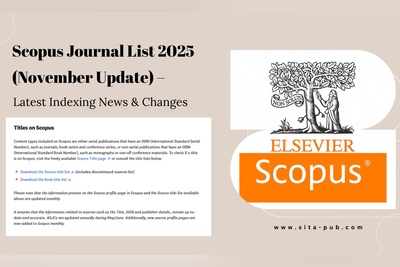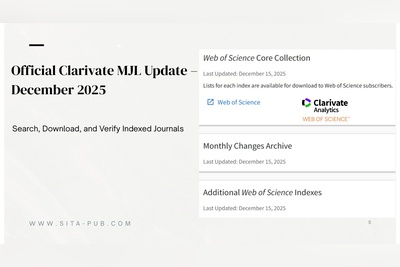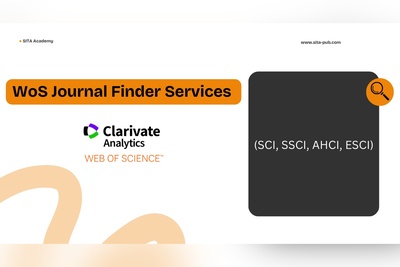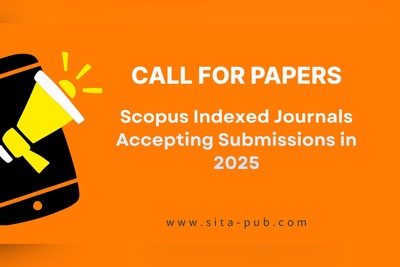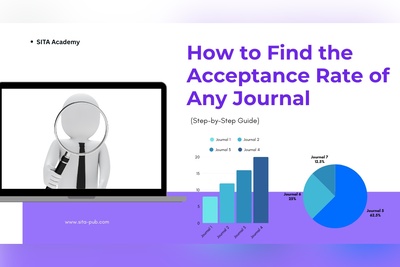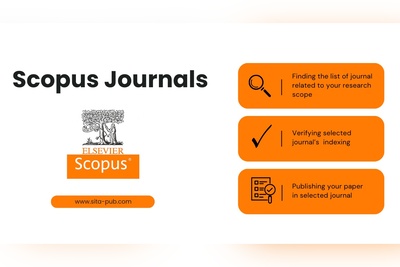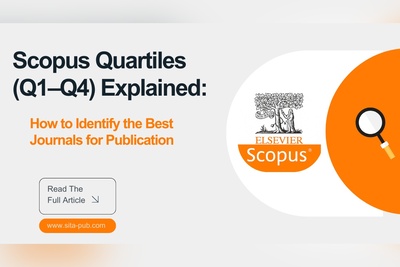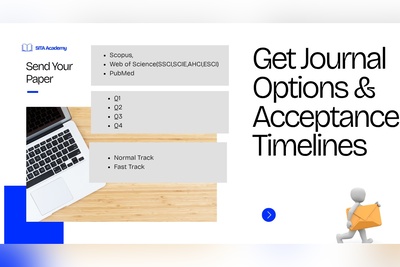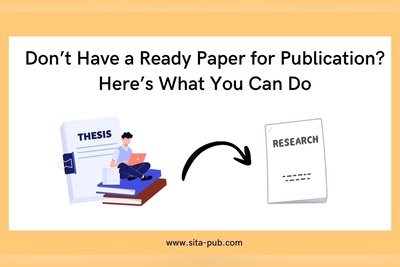Article processing charges (APCs) for Q1 journals
Are you looking to publish in a Q1 journal? Learn about Article Processing Charges (APCs), types of fees and cost ranges.
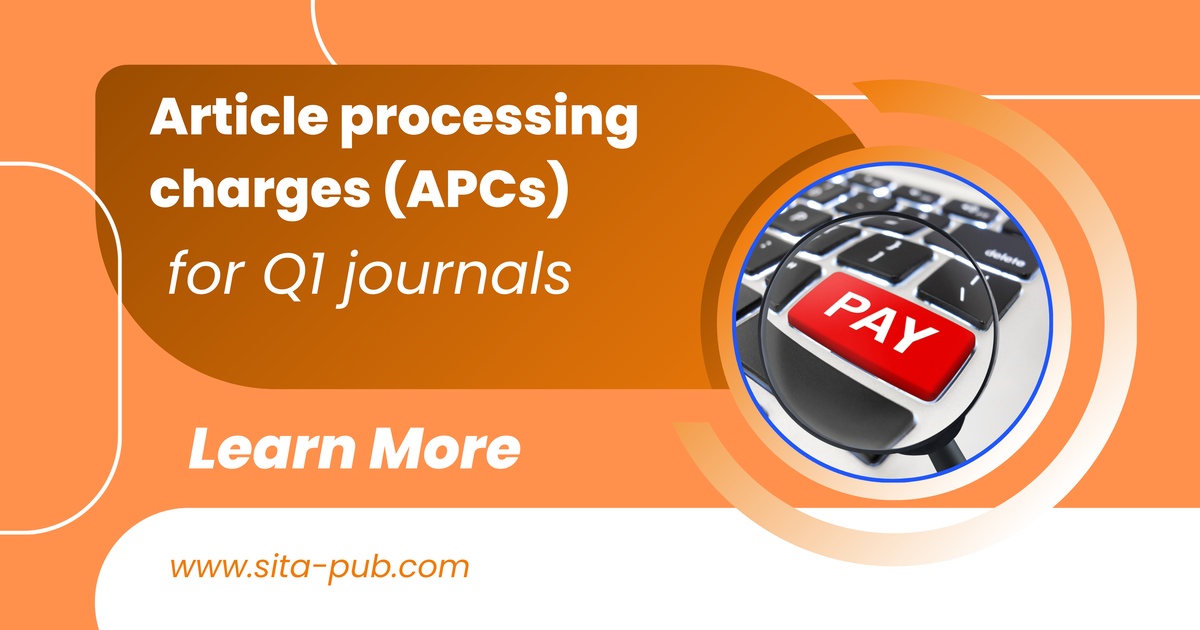
One of the most critical considerations is the cost of publication, commonly referred to as Article Processing Charges (APCs).
Researchers often ask: “How much will it cost to publish in a Q1 journal?” or “Are there any top journals that don’t charge APCs?”
In this article, we will break down the meaning of APCs, why journals charge them, different publication options, and what to expect specifically for Q1 journals. We will also show how SITA Academy can help match your paper to journals within your budget.
1. What Are Article Processing Charges (APCs)?
Article Processing Charges (APCs) are fees that journals charge to cover the costs of publishing research articles. These fees are particularly common in open-access journals, where articles are freely available to readers. APCs cover:
Peer review management
Editorial services
Copyediting and formatting
Typesetting and online hosting
Archiving and indexing

Key point: APCs cover publishing costs and ensure that accepted articles meet high-quality standards and are accessible to a wide audience.
2. Why Do Journals Charge APCs?
Journals, especially top-tier ones, have significant operational costs. Charging APCs helps them:
Maintain rigorous peer-review processes
Provide professional editing and formatting
Index articles in databases like Scopus and Web of Science
Ensure long-term accessibility and archiving

Different journals have different models:
Open-access journals: Funded primarily by APCs. Articles are freely available, maximizing visibility.
Subscription-based journals: Usually funded by library or institutional subscriptions. APCs may be lower or sometimes waived.
Hybrid journals: Offer both open-access and subscription options. Authors can pay APCs to make their articles open access.
3. Types of Fees in Q1 Journals
Publishing in a Q1 journal may involve multiple fees beyond the main Article Processing Charges (APCs). These fees can vary by journal, field, and publication model. Being aware of all possible fees helps researchers plan their budget and avoid surprises.
1. Submission Fees
Charged when submitting the manuscript.
Usually small compared to APCs.
Covers initial administrative and peer-review management.
2. Article Processing Charges (APCs)
Covers the main publishing costs, including peer review, editorial work, typesetting, and indexing.
Varies widely depending on journal prestige, impact factor, subject area, and open-access policy.
3. Extra Page Charges
Some journals charge for articles exceeding the standard page limit.
Common in medical, engineering, or high-data research papers with extensive figures and tables.
4. Color Figures or Supplementary Materials
Fees for color images, graphs, or supplementary files (datasets, multimedia).
Black-and-white figures may be free in many journals.
5. Plagiarism Checks
Some journals charge for running plagiarism detection software like Turnitin or iThenticate.
Ensures originality and compliance with ethical standards.
6. Formatting or Technical Editing Fees
Some journals offer optional professional editing for references, tables, and figures.
Ensures compliance with journal-specific guidelines.
7. Open Access Fees
Optional for hybrid journals that allow open access for wider visibility.
Paid in addition to standard APCs if authors want free public access.
8. Language Editing Fees
For non-native English authors, journals may provide language editing at an additional cost.
Guarantees fluency and readability in professional academic English.
9. Reprint or PDF Copies
Some journals charge for printed reprints or high-quality PDF versions for distribution.
10. Supplementary Services
Charges for DOI registration, graphical abstracts, or enhanced online presentation.
Sometimes offered as optional packages to improve article visibility.
Practical Tip: Before submitting, always:
Check the journal’s official website for all fees and optional services.
Clarify whether fees are mandatory or optional.
Budget for APCs plus any additional charges like color figures or supplementary materials.
4. Article Processing Charges (APCs) for Q1 Journals
Q1 journals represent the top 25% of journals in their field. Naturally, their APCs are higher than lower-quartile journals.
Average APCs (general ranges):
Journal Type | APC Range (USD) | Notes |
Scopus Q1 | $1,500 – $5,000 | High-impact fields like medicine and engineering are usually at the upper end. |
Web of Science Q1 | $2,000 – $6,000 | Journals with high Impact Factors often charge more for open-access. |
Subscription-based Q1 | $0 – $1,500 | No open-access; fees mostly for extras like color figures. |
Factors affecting APCs:
Journal’s impact factor or CiteScore
Subject area (medical and engineering journals are costlier)
Open-access vs. subscription model
Additional editorial services
Key insight: APCs are not fixed—they vary significantly between journals, even within Q1.
5. Are There Q1 Journals Without APCs?
Yes, some Q1 journals do not charge APCs, particularly traditional subscription-based journals. These journals:
Fund operations through subscriptions
May have optional fees for extra services
Offer open-access as an optional paid service
Practical tip: Even if a journal is free, verify indexing, peer-review quality, and acceptance rates to ensure high impact.
6. How SITA Academy Helps with Q1 Journal Selection
Navigating APCs and finding the right Q1 journal can be challenging. SITA Academy offers expert assistance:
Manuscript Analysis: We carefully study your research to understand its novelty, field, and target audience.
Customized Journal List: Based on your paper and APC budget, we provide a curated list of Q1 journals with high acceptance probability.
Practical Recommendations: We prioritize journals that align with your goals—open-access, subscription-based, or hybrid.
Submission Support: Optional editing, formatting, and submission management services.
Step to get started
Send us your manuscript and your budget for APCs. We will analyze your paper and send you a tailored list of Q1 journals that can potentially accept it with over 90% probability.
7. Tips for Managing APC Costs for Q1 Journals
Plan Your Budget: Identify APCs before submission.
Check Institutional Support: Some universities or funding agencies cover APCs for faculty and students.
Consider Hybrid Journals: Optional open-access fees may be manageable if budget is limited.
Target Multiple Journals: Have primary, secondary, and backup options to avoid delays.
Negotiate Waivers: Some journals offer partial or full waivers based on country or funding.
Conclusion
Understanding APCs for Q1 journals is crucial for planning your research publication strategy. Costs vary widely depending on journal type, subject area, and publication model. While some Q1 journals charge high APCs, others may have no fees.
Verified Contact Channels
If you have any questions, inquiries, or would like to learn more about our services, please don't hesitate to reach out to us. Our dedicated team is ready to assist you.





